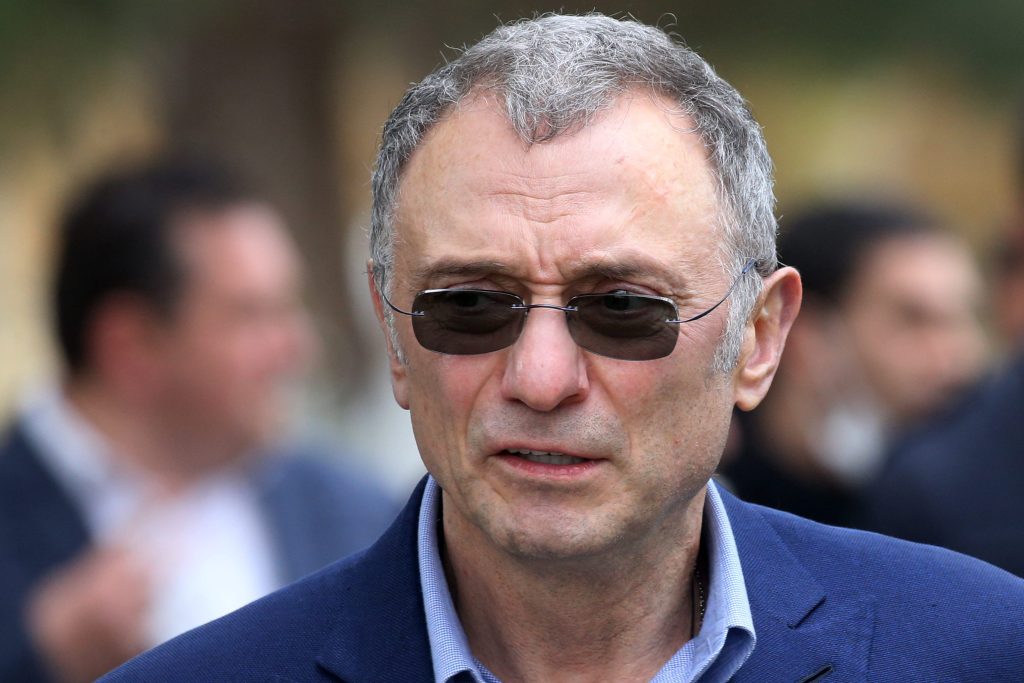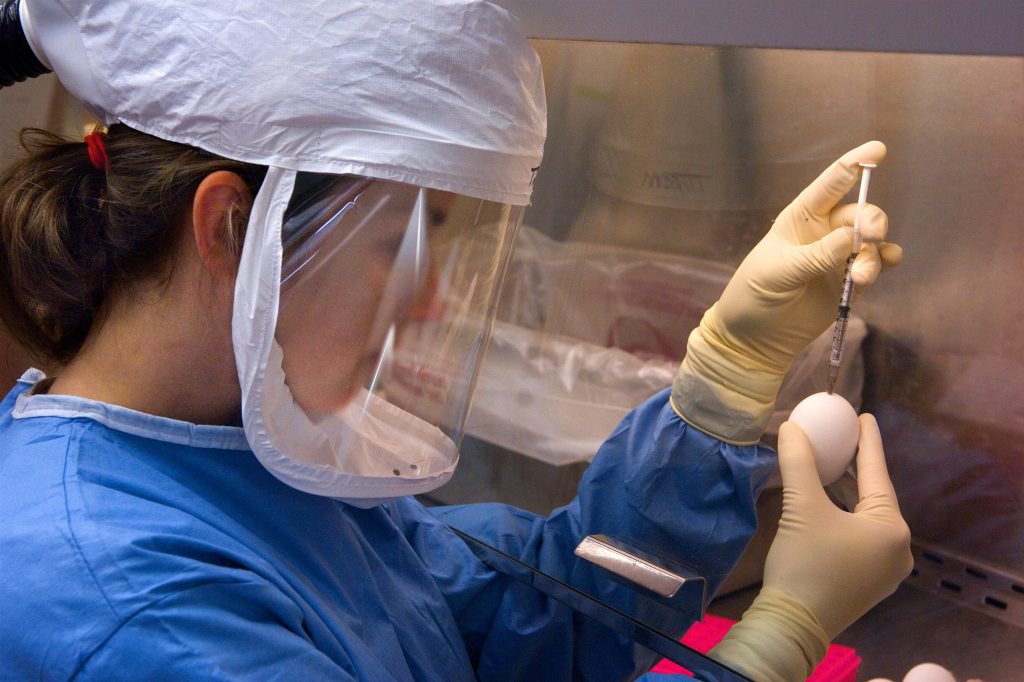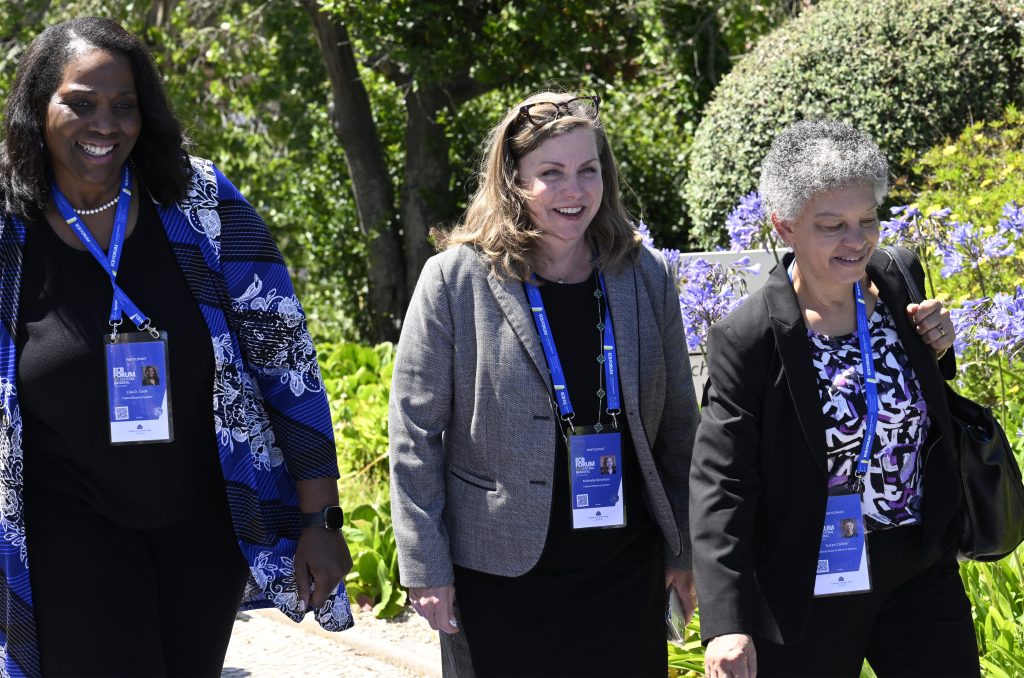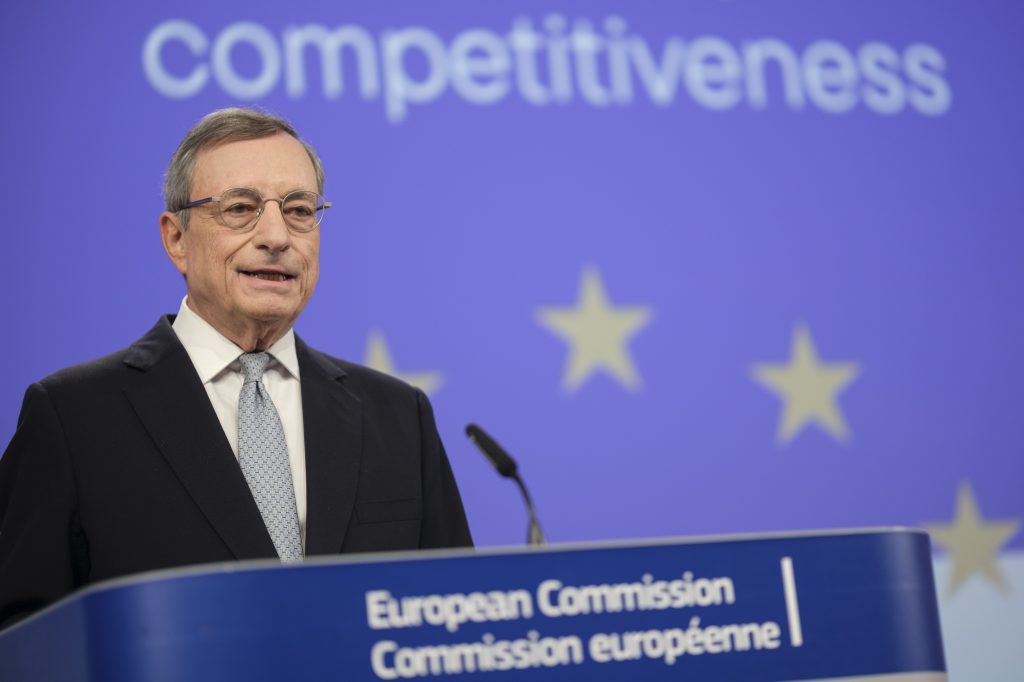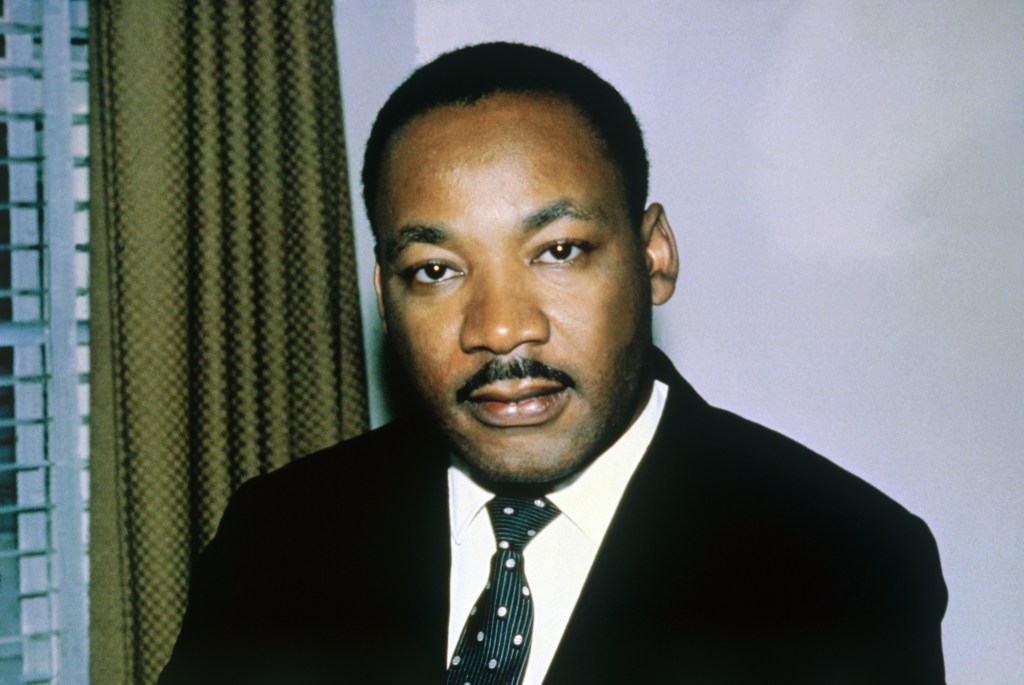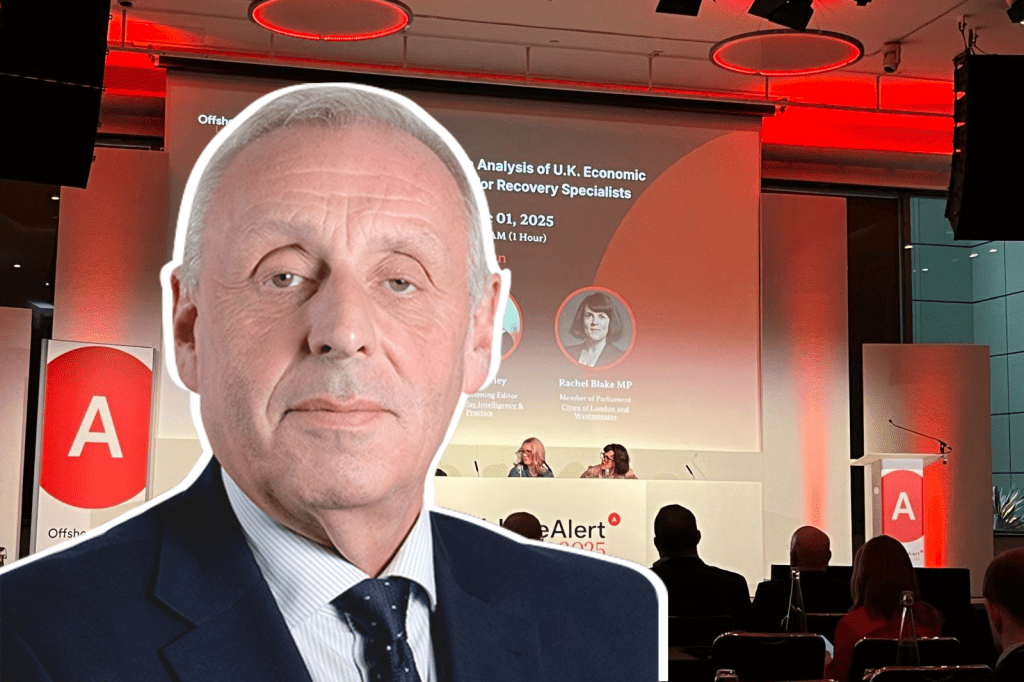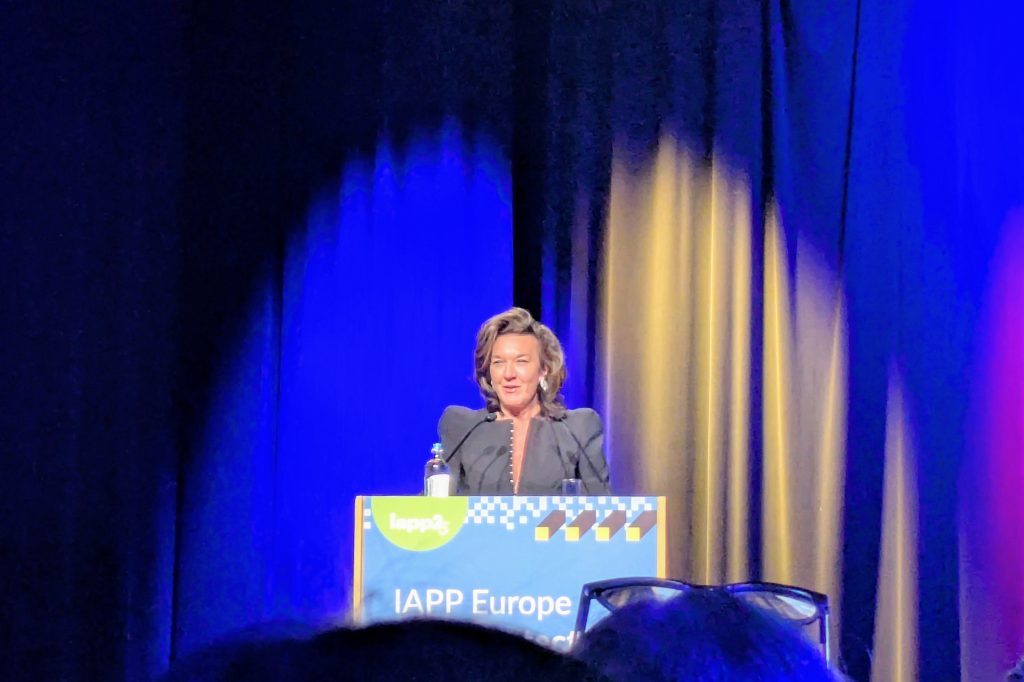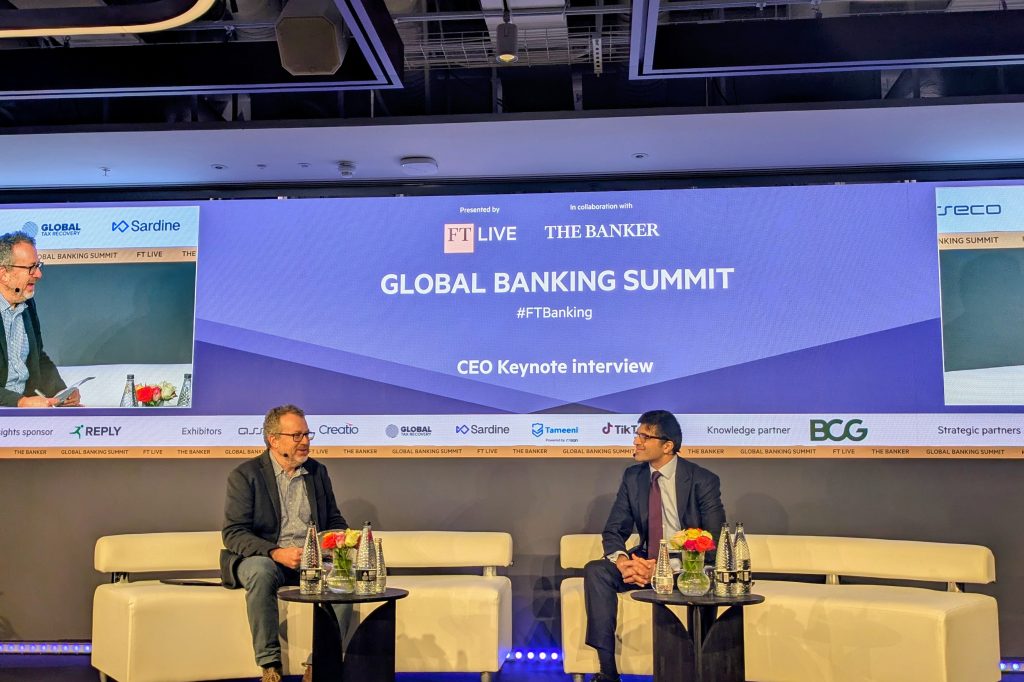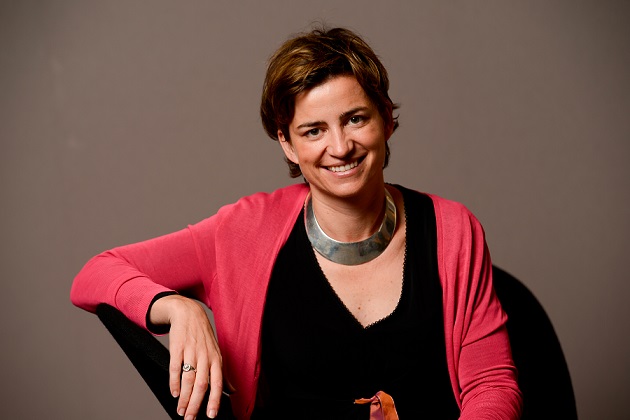Sophie Lambin, founder and CEO of research and strategic communications agency Kite Insights, is driven to fight the climate change. Tell us what you do and why you’re passionate about it.
“As in all good stories, if you go back to the beginning, I have always had a vocation to
Register for free to keep reading.
To continue reading this article and unlock full access to GRIP, register now. You’ll enjoy free access to all content until our subscription service launches in early 2026.
- Unlimited access to industry insights
- Stay on top of key rules and regulatory changes with our Rules Navigator
- Ad-free experience with no distractions
- Regular podcasts from trusted external experts
- Fresh compliance and regulatory content every day

